Factory International by OMA is set to be a moveable feast
Factory International by OMA is a Manchester cultural centre designed to break barriers between audience and performer
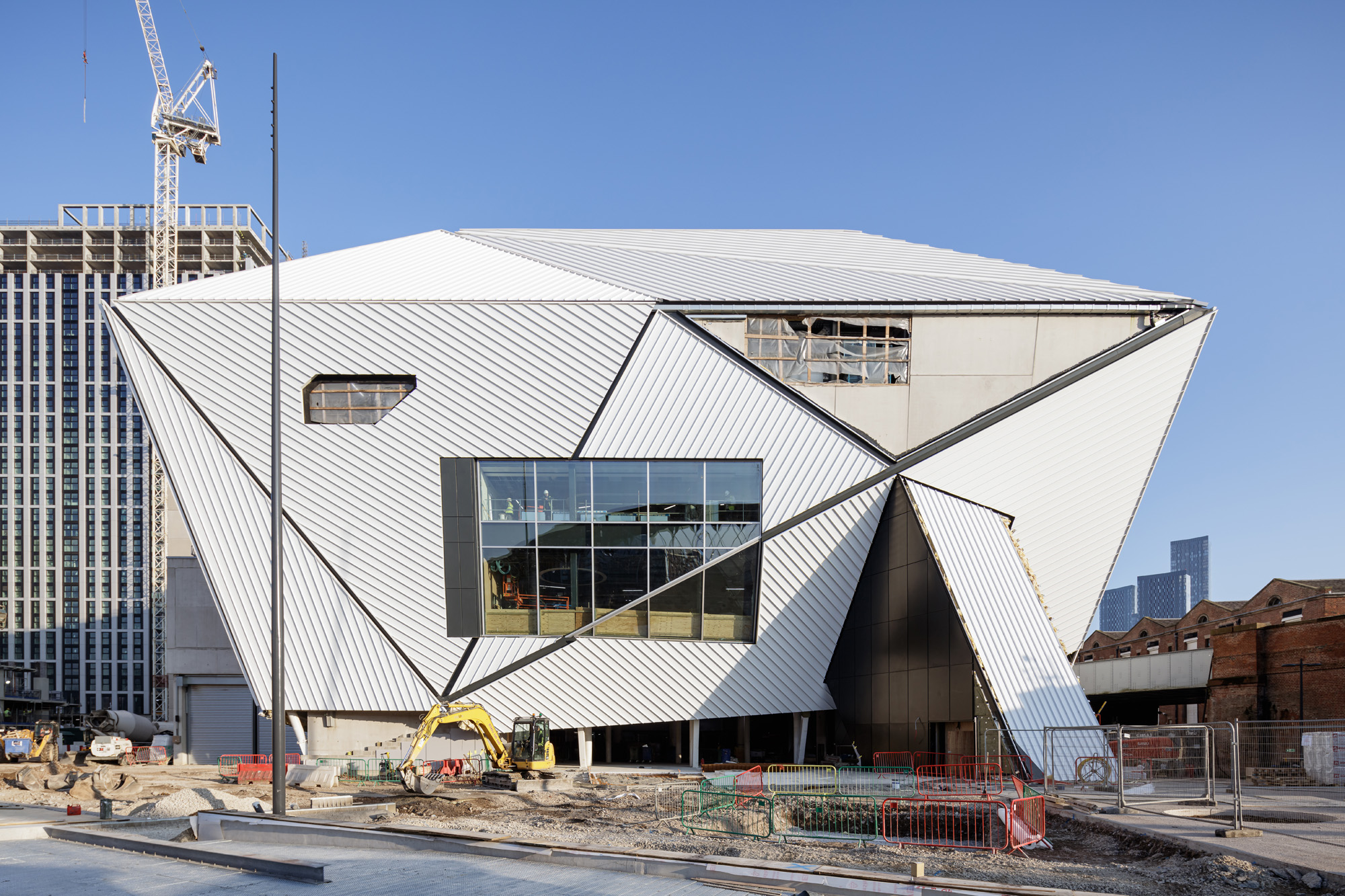
One thing is certain; when Factory International opens in Manchester this coming autumn, it will be like nothing the art world has seen before. OMA is adept at creating architecture that challenges and surprises, especially in the field of performance. Ellen van Loon, the OMA partner in charge of the project, was also behind the practice’s seminal Casa da Música in Porto (2005), while the studio’s more recent Taipei Performing Arts Center (2022) is nothing if not unconventional, all bold shapes and embracing public, community life.
The same can be said for Factory International, which sees a soft opening this June, allowing its first guests in to enjoy a series of events during the Manchester International Festival’s (MIF) 2023 edition - while continuing to finesse construction work towards a full, official opening in October.

Factory International aims to break barriers
What makes it special? It aims to break the barriers, quite literally, between audience and the performers; the front and back of stage. ‘The most important thing for me is that this is a building for the next generation, a building that gives people a place to try new things, not to conform to what you should do – a testing ground, an incubator,’ Van Loon says.
‘The challenge with this project was that it was anything but a traditional theatre. We were discussing the shape of a new era for theatre; a building that doesn’t have a front of house or back of house distinction – every space needed to be used for everything.’
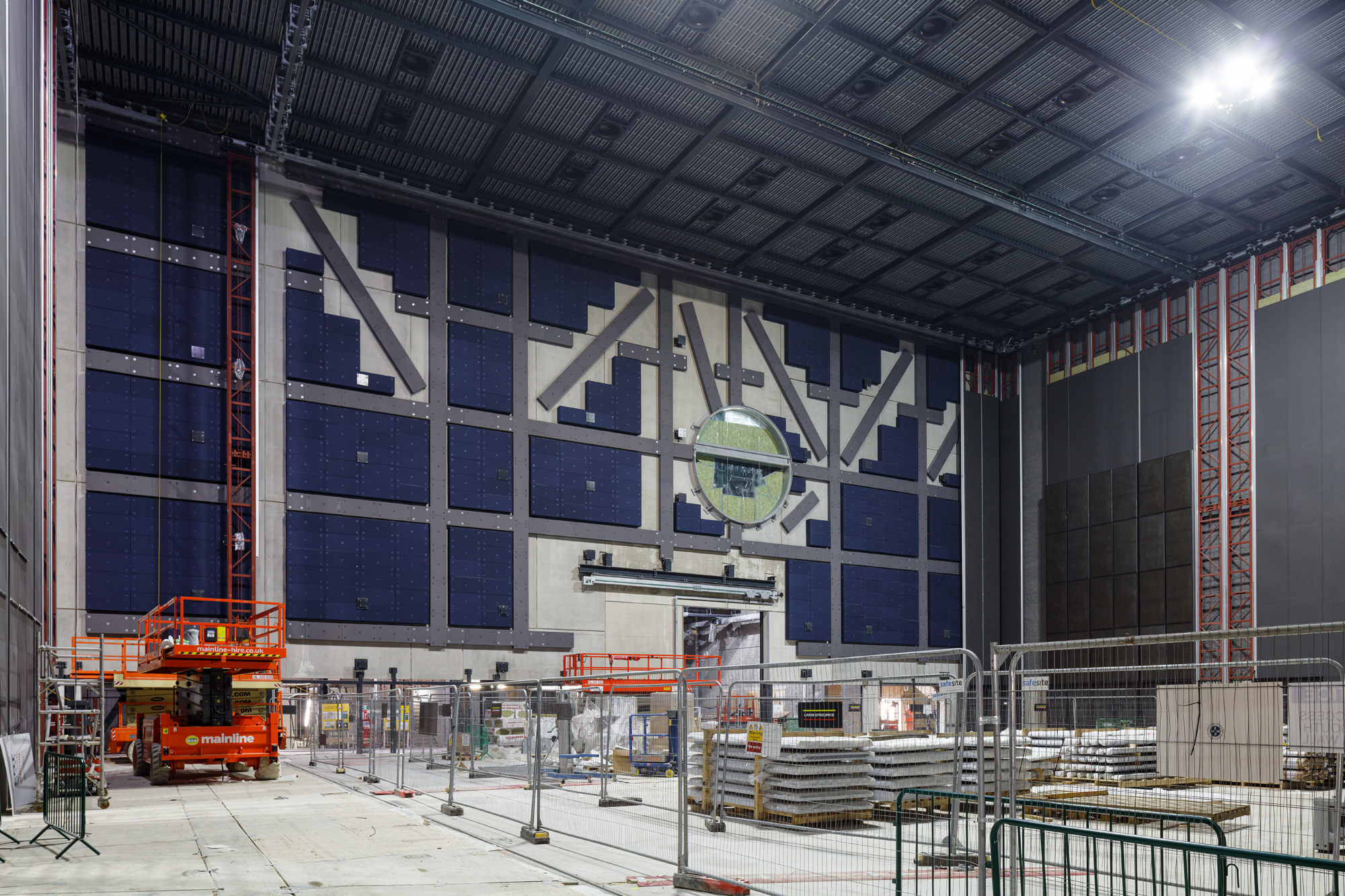
Factory International: led by openness and adaptability
This indeed encapsulates the spirit of Factory International. The fairly raw structure was purposely conceived to be malleable. It draws inspiration from warehouses, both in the sense of a space that can hold whatever you need it to, but also it terms of its neighbourhood’s heritage, as it translates the area’s spirit of place for the 21st century – it is situated in a part of town by the River Irwell that may now be changing, but was not too long ago full of industrial buildings, ‘surrounded by civil engineering,’ Van Loon explains.
Inside, this corresponds to extreme openness and adaptability. The backstage connects to the performance hall through a large round window. This symbolises van Loon’s attempt to provide artists with contemporary, liveable spaces to rest and prepare between shows. Dressing areas are typically dark, simple places but these are not only purpose-designed but feature ample natural light and a direct connection to the stage.

Around the stage, equipment is visible everywhere, even the bits the public normally doesn’t see. ‘Of course we had to make sure that it’s all safe, but also that everything remains open and transparent,’ says Van Loon. Unsurprisingly, this makes a building very flexible - the antithesis of the typical example of a theatre where everything is fixed and all the technical elements are hidden away. ‘You can build the fly tower wherever you want, the large grid enables you to hoist and rig in any position you want. There is fixed seating on the balcony, but everything else is movable.’
Receive our daily digest of inspiration, escapism and design stories from around the world direct to your inbox.
As a result, the architectural context has led to interesting discussions with artists. ‘Artists are surprised, and sometimes bemused by [the building],’ Van Loon smiles. ‘I wanted to create something that takes them out of their comfort zone.’ There is true dialogue between building and users here, as both the building can change to fit a performance’s needs, but the artists also respond to the building in unexpected ways. OMA worked closely with MIF and its artistic director and chief executive John McGrath to fine-tune every element, from its clever purpose-built truck lift to bring in large elements, and its movable acoustic wall that can divide up the main hall into two, to its 1600-seat auditorium that can accommodate anything from ballet, theatre, music to cross-art performances.
‘We love to work on performance buildings. Every time we dream further!’ concludes Van Loon. ‘That is the joy of reinventing the performance building.’
Ellie Stathaki is the Architecture & Environment Director at Wallpaper*. She trained as an architect at the Aristotle University of Thessaloniki in Greece and studied architectural history at the Bartlett in London. Now an established journalist, she has been a member of the Wallpaper* team since 2006, visiting buildings across the globe and interviewing leading architects such as Tadao Ando and Rem Koolhaas. Ellie has also taken part in judging panels, moderated events, curated shows and contributed in books, such as The Contemporary House (Thames & Hudson, 2018), Glenn Sestig Architecture Diary (2020) and House London (2022).
-
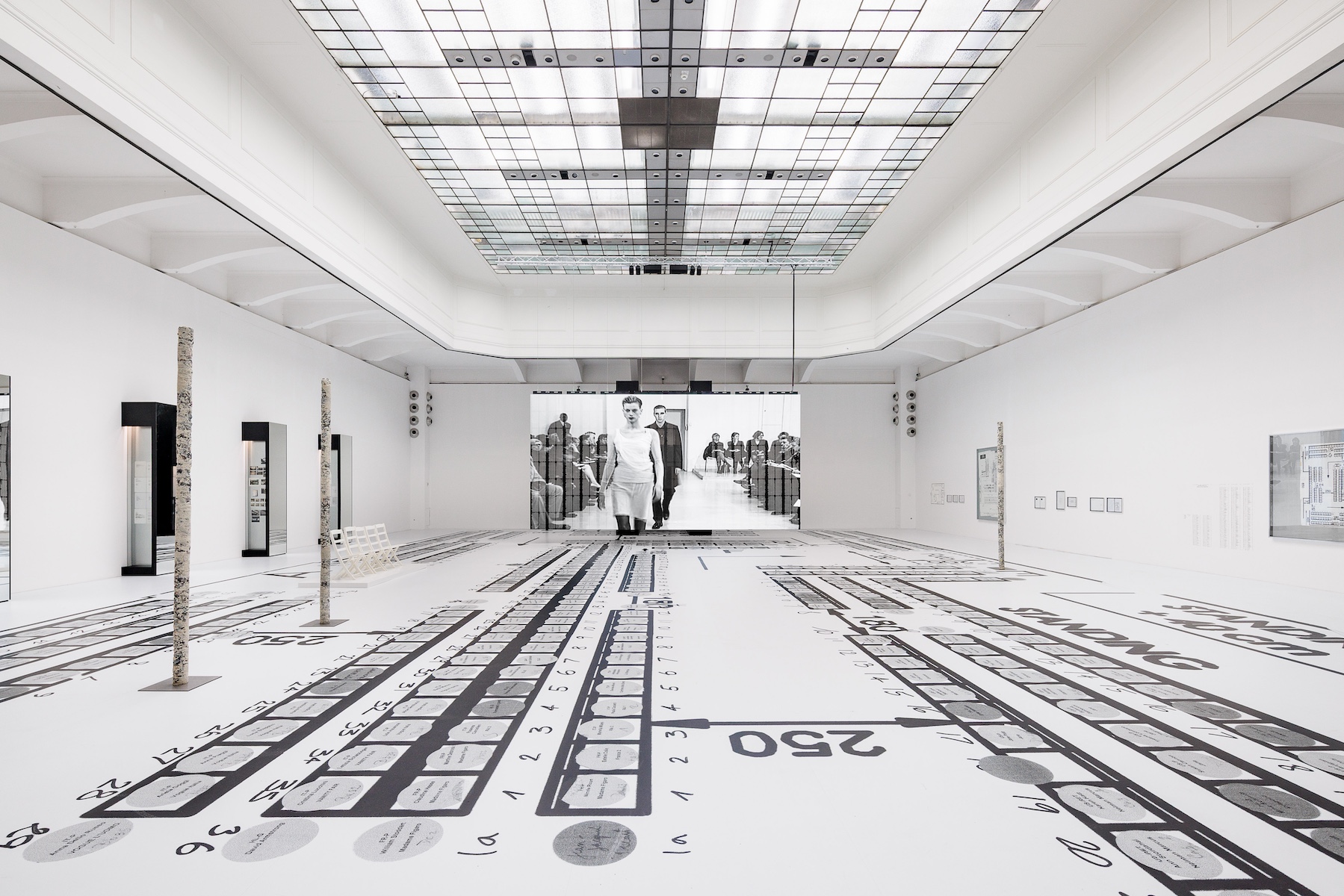 Inside Helmut Lang’s fashion archive in Vienna, which still defines how we dress today
Inside Helmut Lang’s fashion archive in Vienna, which still defines how we dress todayNew exhibition ‘Séance de Travail 1986-2005’ at MAK in Vienna puts Helmut Lang’s extraordinary fashion archive on view for the first time, capturing the Austrian designer-turned-artist’s enduring legacy
-
 Eclectic and colourful, Charlie Ferrer’s home reflects the interior designer’s personal and professional evolution
Eclectic and colourful, Charlie Ferrer’s home reflects the interior designer’s personal and professional evolutionThe New York interior designer invites us into his new Greenwich Village home: come on in
-
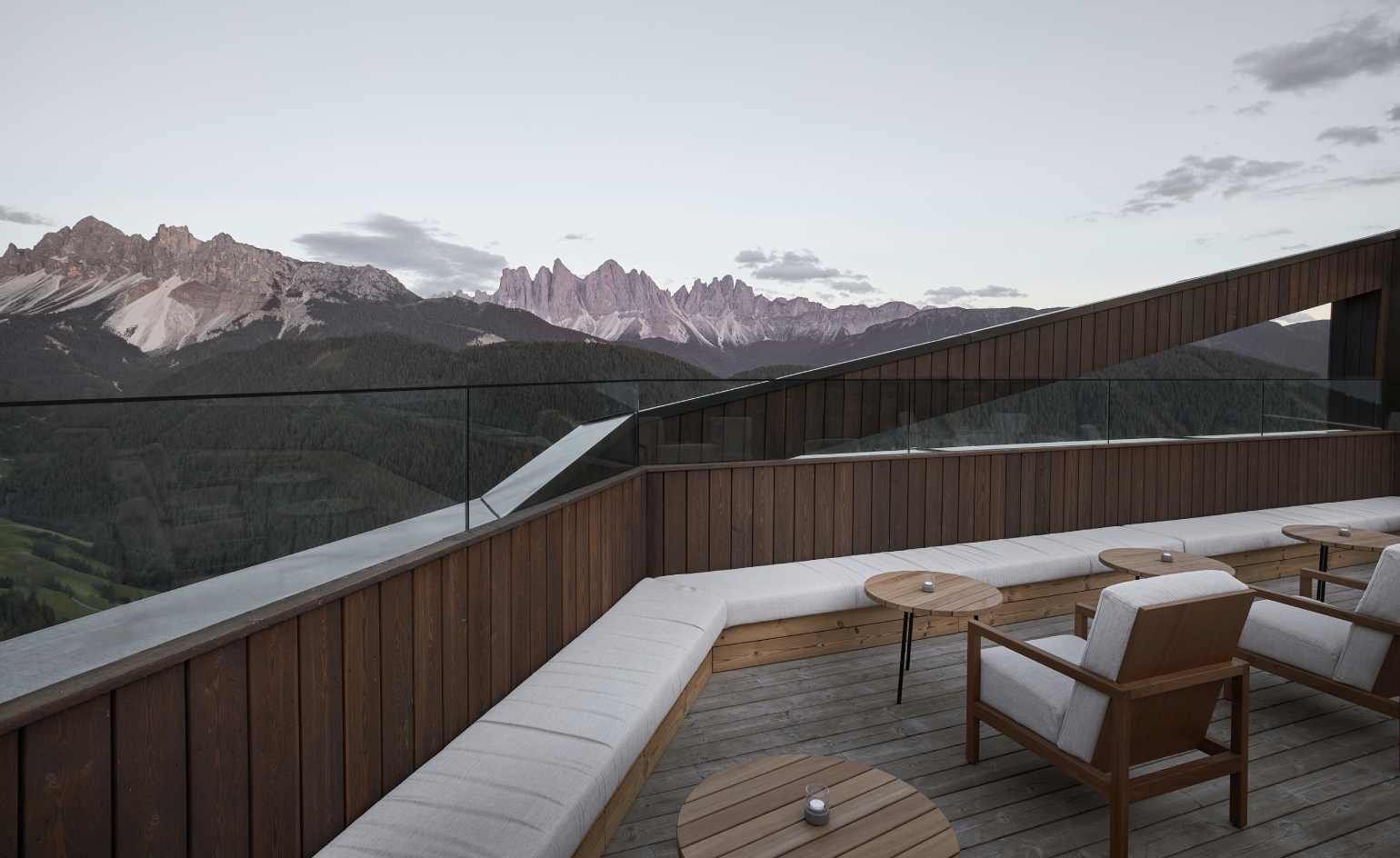 Heading to the 2026 Winter Olympic Games? Don’t miss these stops along the way
Heading to the 2026 Winter Olympic Games? Don’t miss these stops along the wayAs the anticipated winter games draw near, Wallpaper*’s Milan editor, Laura May Todd, shares where to stay, eat, drink and relax in the Dolomites
-
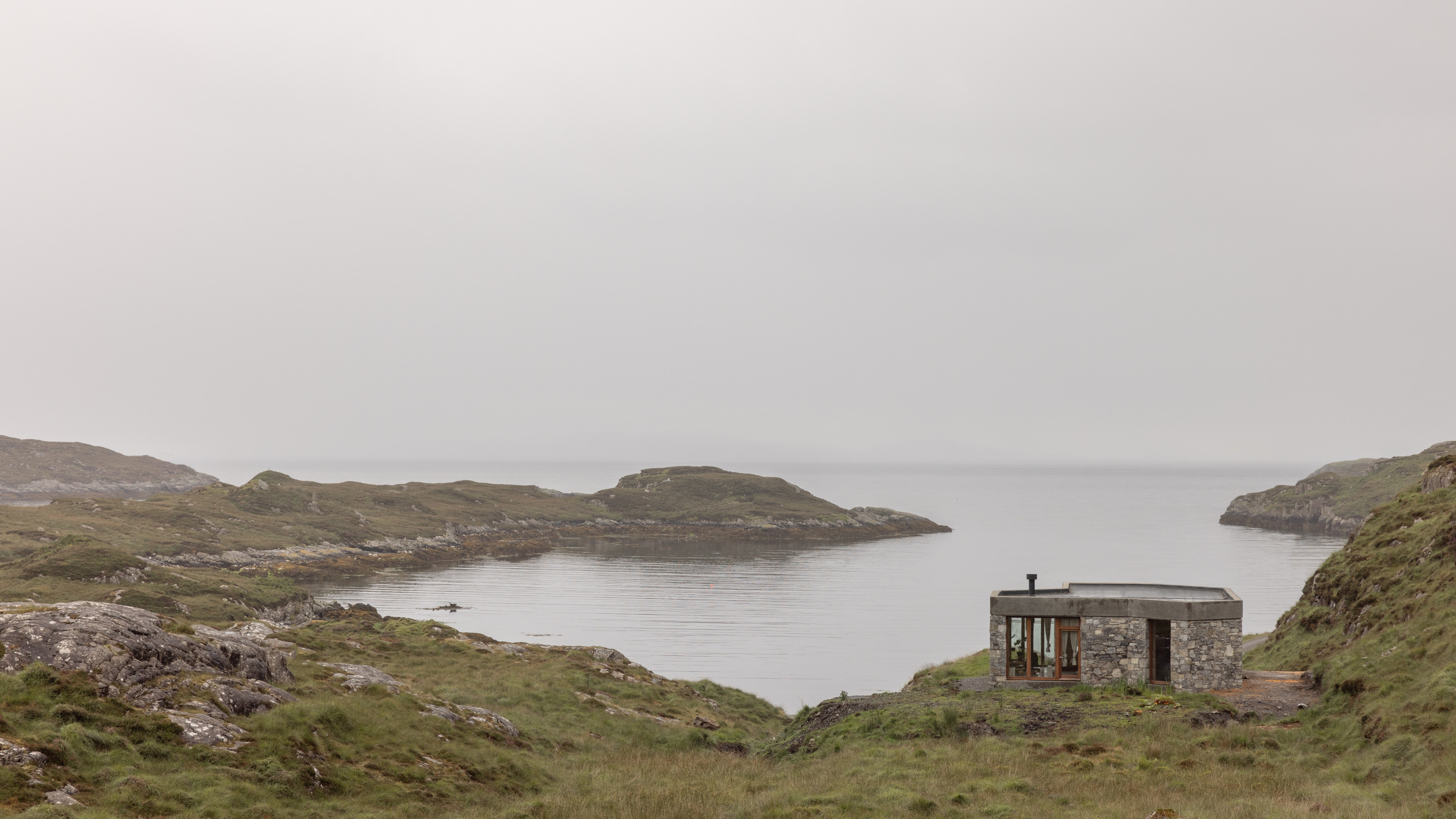 RIBA House of the Year 2025 is a ‘rare mixture of sensitivity and boldness’
RIBA House of the Year 2025 is a ‘rare mixture of sensitivity and boldness’Topping the list of seven shortlisted homes, Izat Arundell’s Hebridean self-build – named Caochan na Creige – is announced as the RIBA House of the Year 2025
-
 In addition to brutalist buildings, Alison Smithson designed some of the most creative Christmas cards we've seen
In addition to brutalist buildings, Alison Smithson designed some of the most creative Christmas cards we've seenThe architect’s collection of season’s greetings is on show at the Roca London Gallery, just in time for the holidays
-
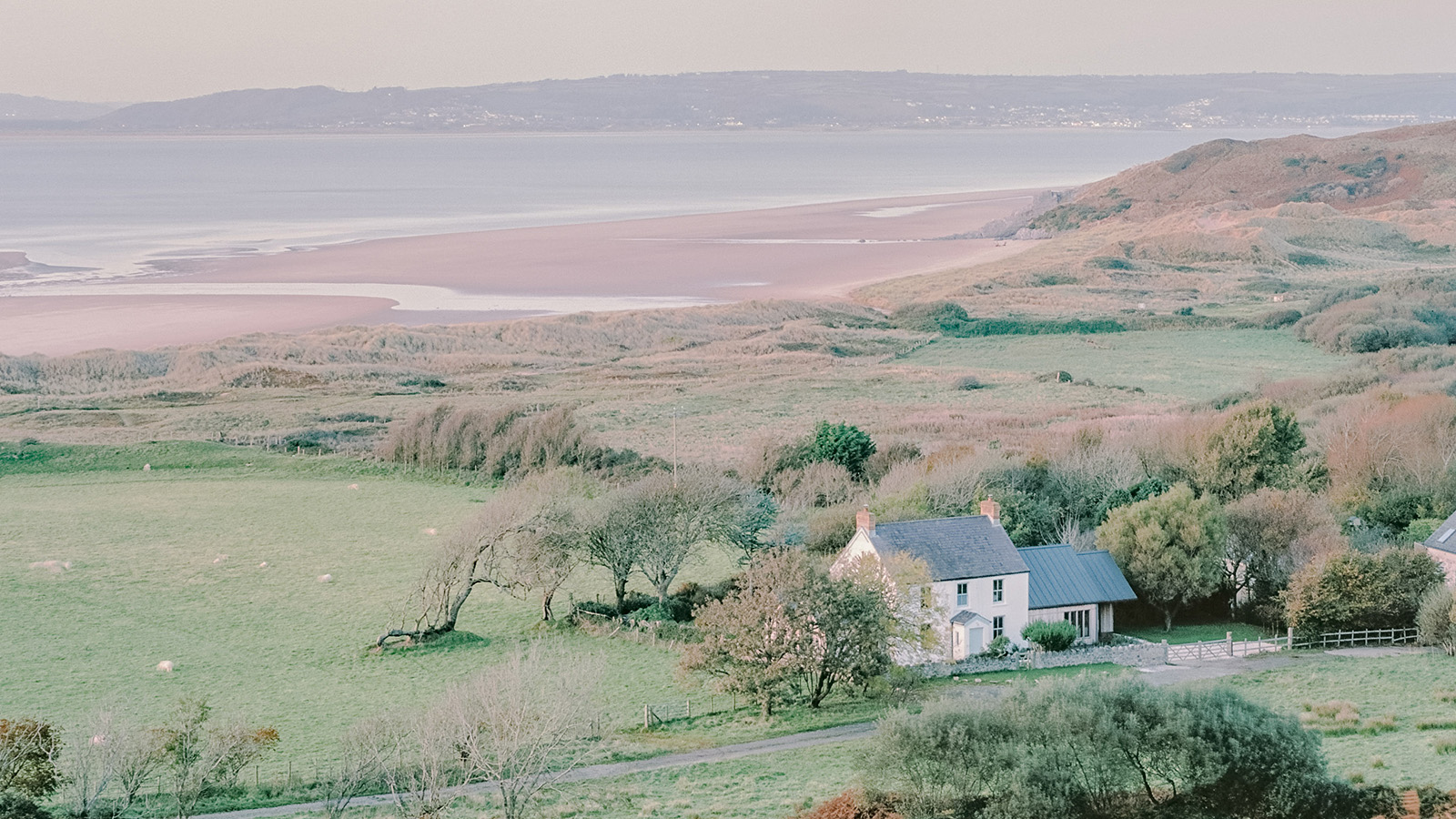 In South Wales, a remote coastal farmhouse flaunts its modern revamp, primed for hosting
In South Wales, a remote coastal farmhouse flaunts its modern revamp, primed for hostingA farmhouse perched on the Gower Peninsula, Delfyd Farm reveals its ground-floor refresh by architecture studio Rural Office, which created a cosy home with breathtaking views
-
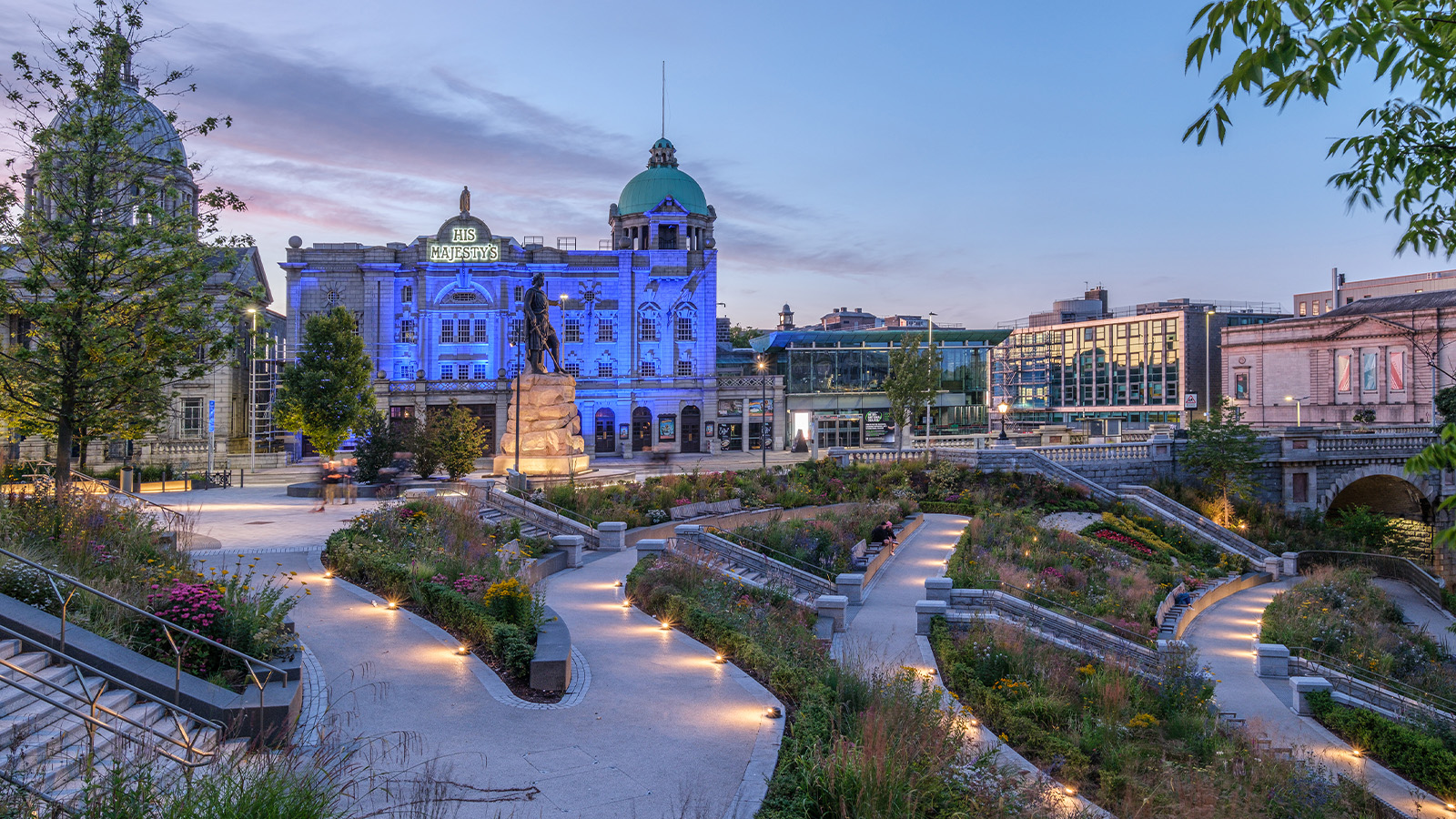 A revived public space in Aberdeen is named Scotland’s building of the year
A revived public space in Aberdeen is named Scotland’s building of the yearAberdeen's Union Terrace Gardens by Stallan-Brand Architecture + Design and LDA Design wins the 2025 Andrew Doolan Best Building in Scotland Award
-
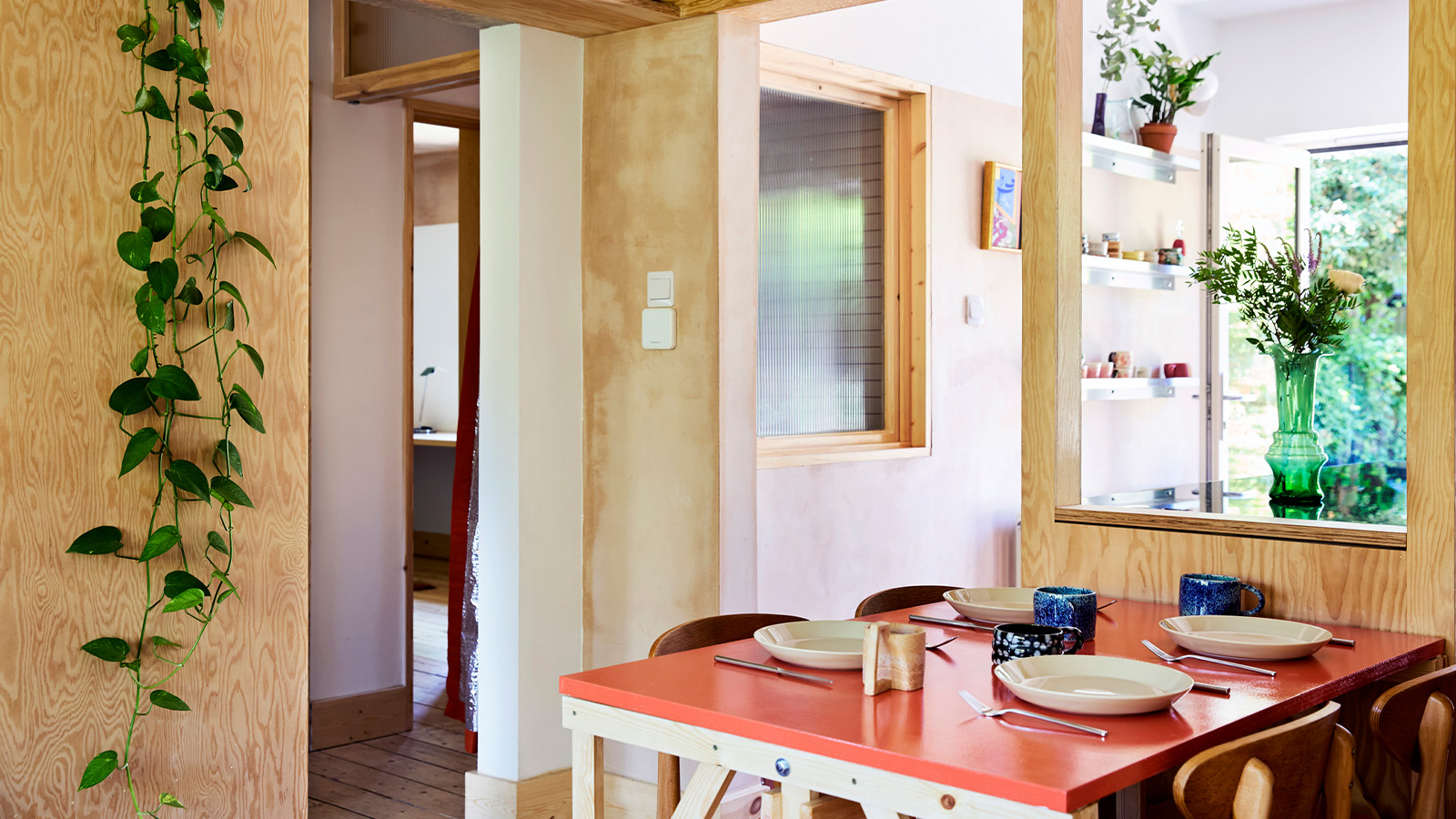 A refreshed 1950s apartment in East London allows for moments of discovery
A refreshed 1950s apartment in East London allows for moments of discoveryWith this 1950s apartment redesign, London-based architects Studio Naama wanted to create a residence which reflects the fun and individual nature of the clients
-
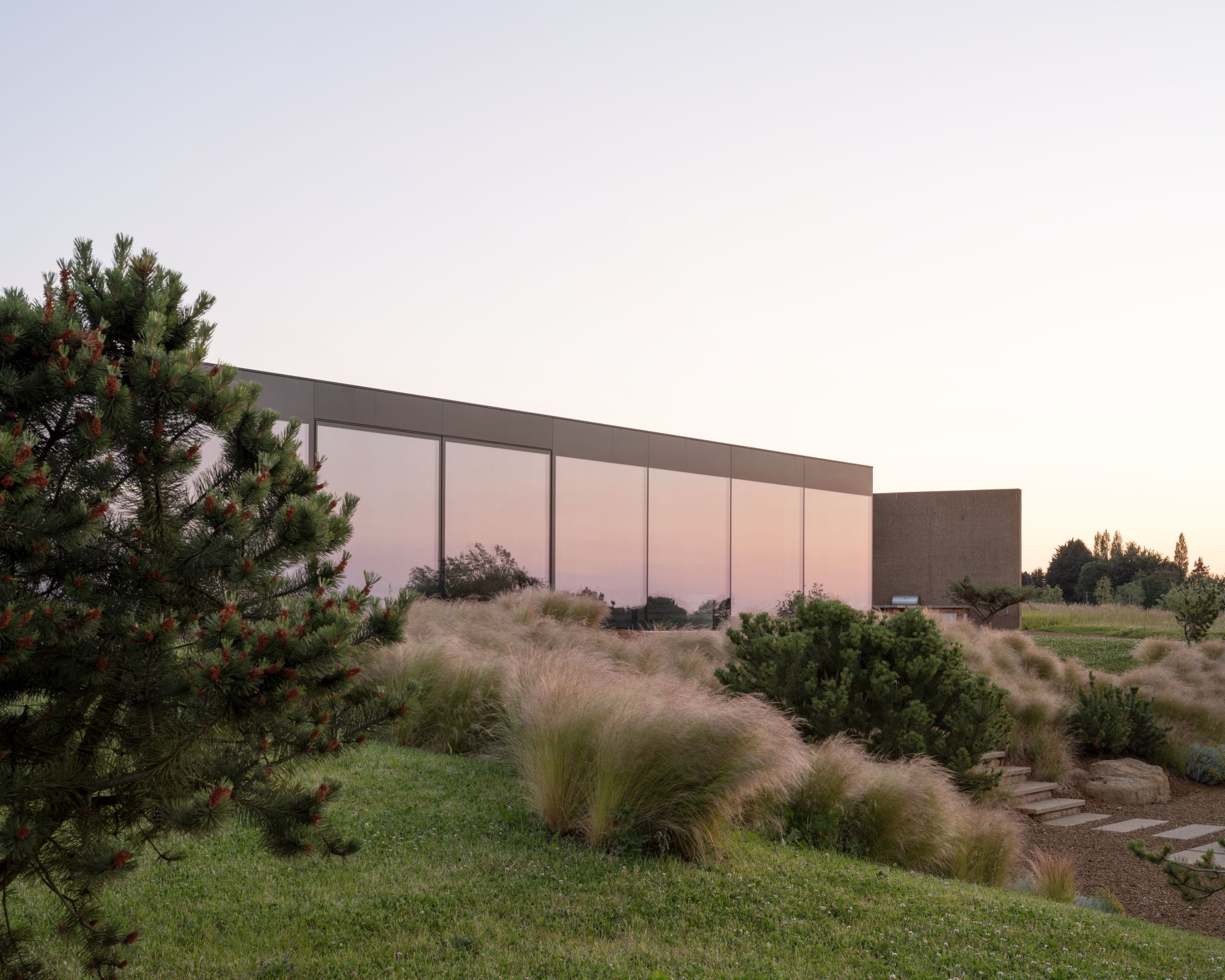 In this Cotswolds home, drama meets minimalism
In this Cotswolds home, drama meets minimalismCotswolds home Hiaven house, with interiors designed by McLaren Excell, is a perfect blend of contemporary chic and calm, countryside drama
-
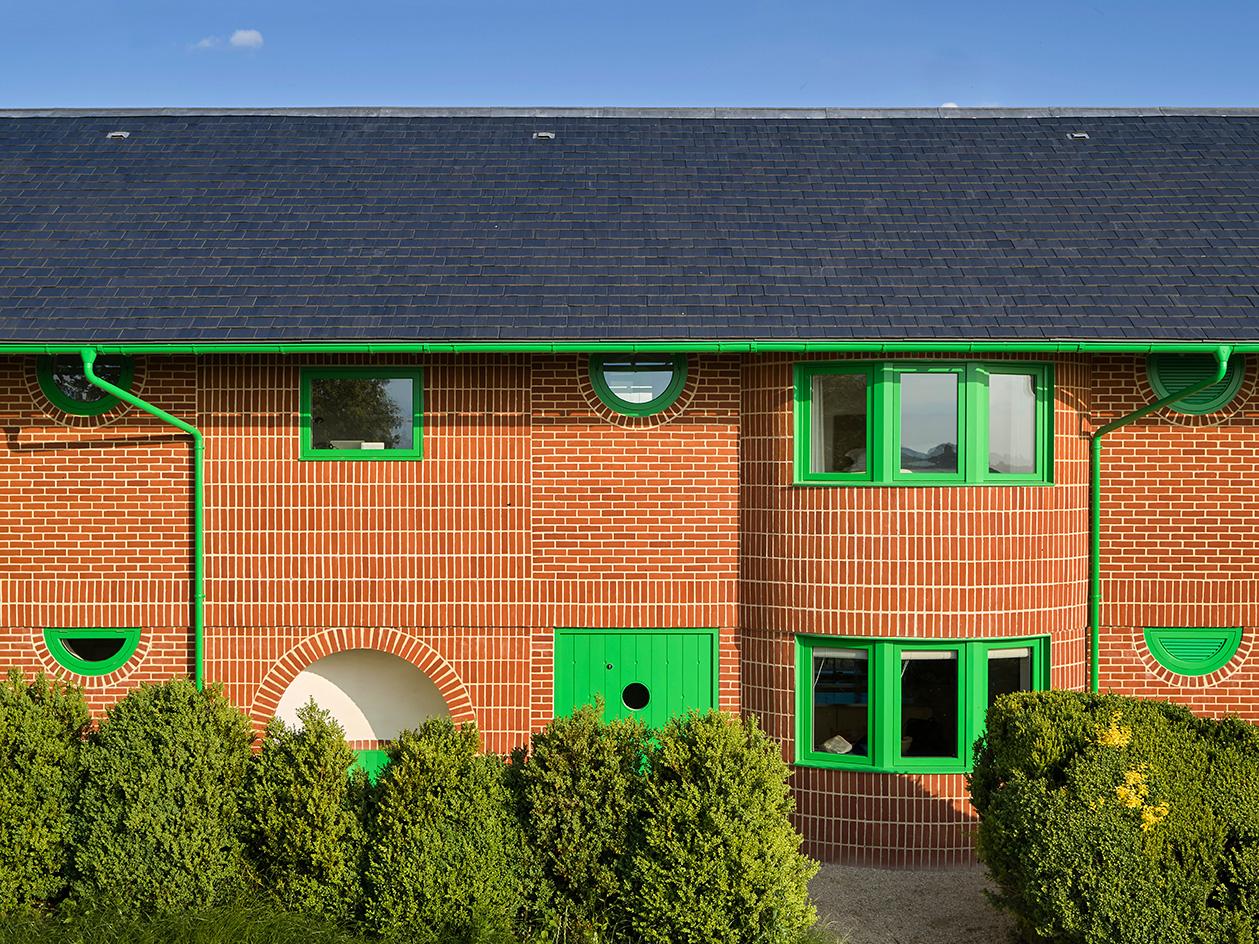 David Kohn’s first book, ‘Stages’, is unpredictable, experimental and informative
David Kohn’s first book, ‘Stages’, is unpredictable, experimental and informativeThe first book on David Kohn Architects focuses on the work of the award-winning London-based practice; ‘Stages’ is an innovative monograph in 12 parts
-
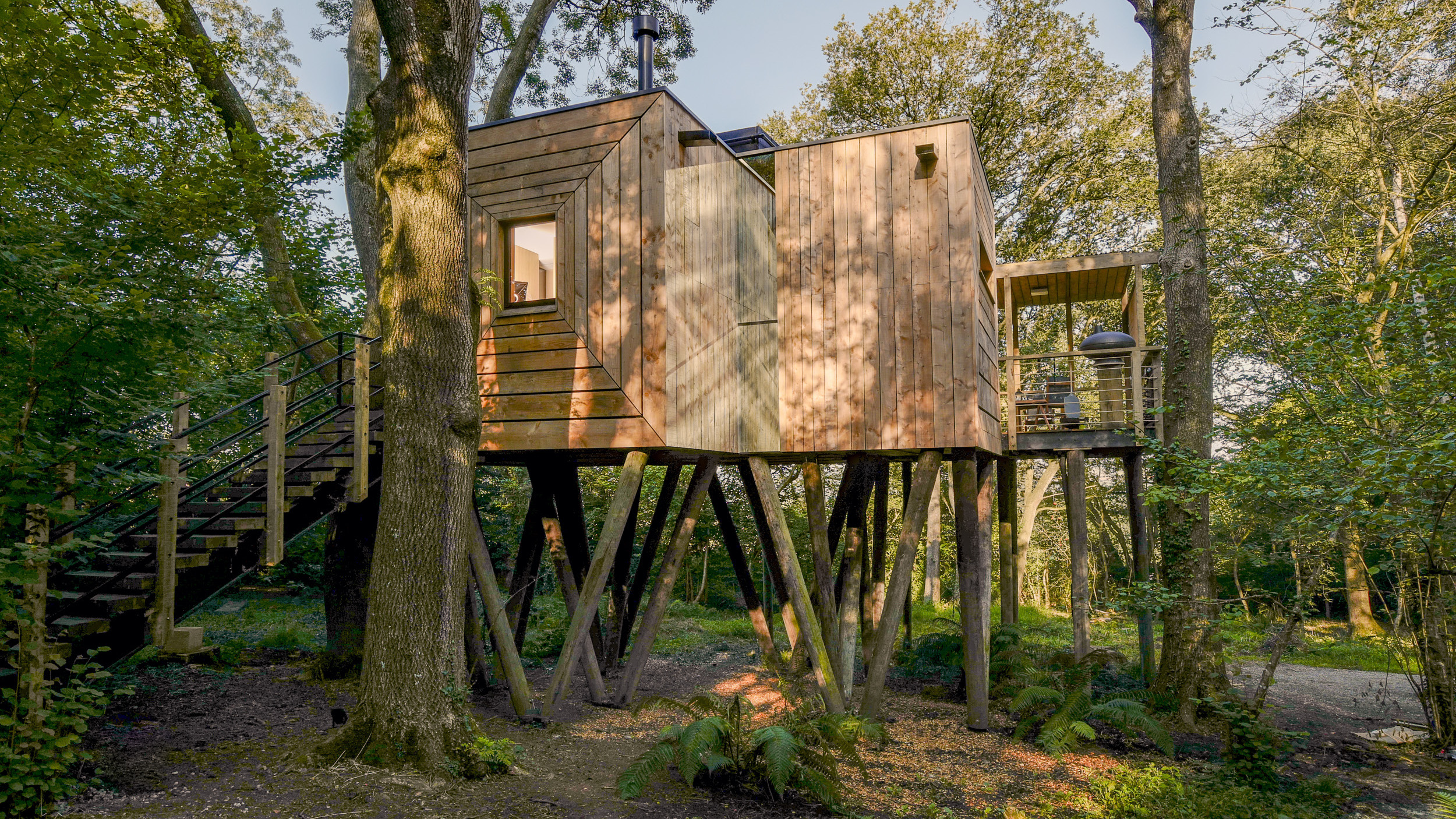 Find solace in the forest at this expansive treehouse retreat in Dorset
Find solace in the forest at this expansive treehouse retreat in DorsetFor sale for the first time, a treehouse, Mallinson’s Woodland Retreat, is a tribute to the skill of designer and master craftsman Guy Mallinson